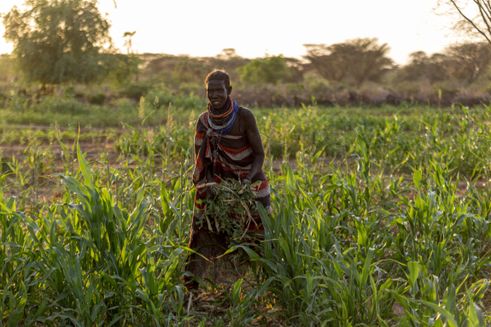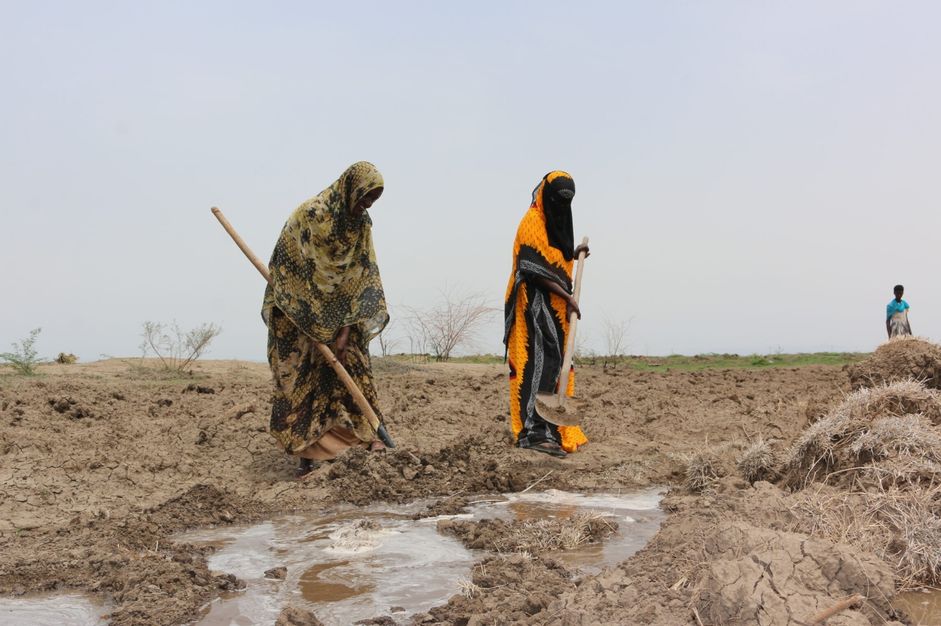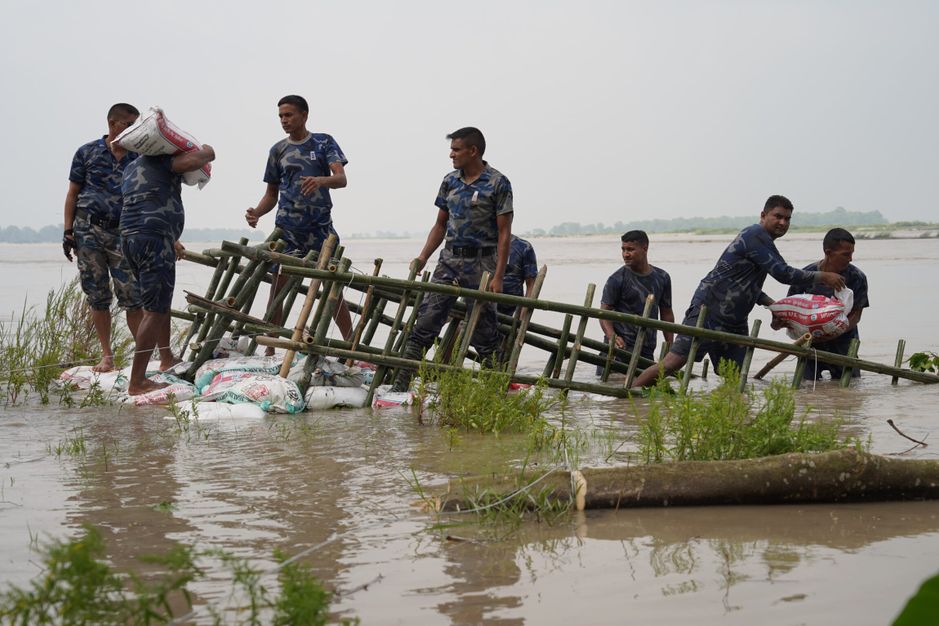What is loss and damage?
Loss and damage refers to the negative effects of climate change that occur despite mitigation and adaptation efforts. (Source: UNEP)
There are limits to adaptation and when these are crossed communities and ecosystems suffer loss and damage. Insufficient access to finance, weak governance structures, political instability, lack of political will, and other factors that prevent communities to take adaptation action often put further hindrances in the way.
The term climate-related loss and damage, refers to harm that are irreversible (loss) and harm that can be repaired (damage) occurring as consequences of climate change that go beyond what people can adapt to.
Economic and non-economic loss and damage
Loss and damage can be economic, for example when farmers lose their harvests due to a drought or flooding and therefore, they lose their source of income. It can also be when infrastructure, for example a school or a bridge is damaged because of a flooding.
But loss and damage can also be non-economic, for example the pain and sorrow that follows a disaster when a family loses their home and is displaced in search for shelter and safety. It could also be associated with loss of lives, loss of a traditional way of life or identity, or loss of species or entire ecosystems, which cannot be restored like coral reefs







